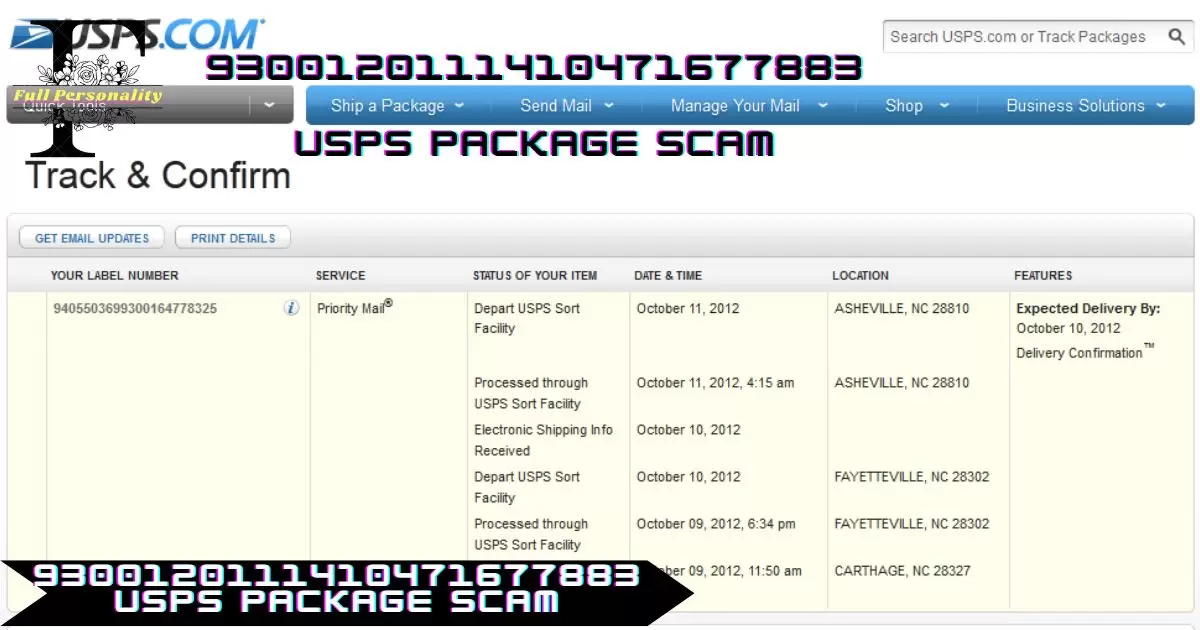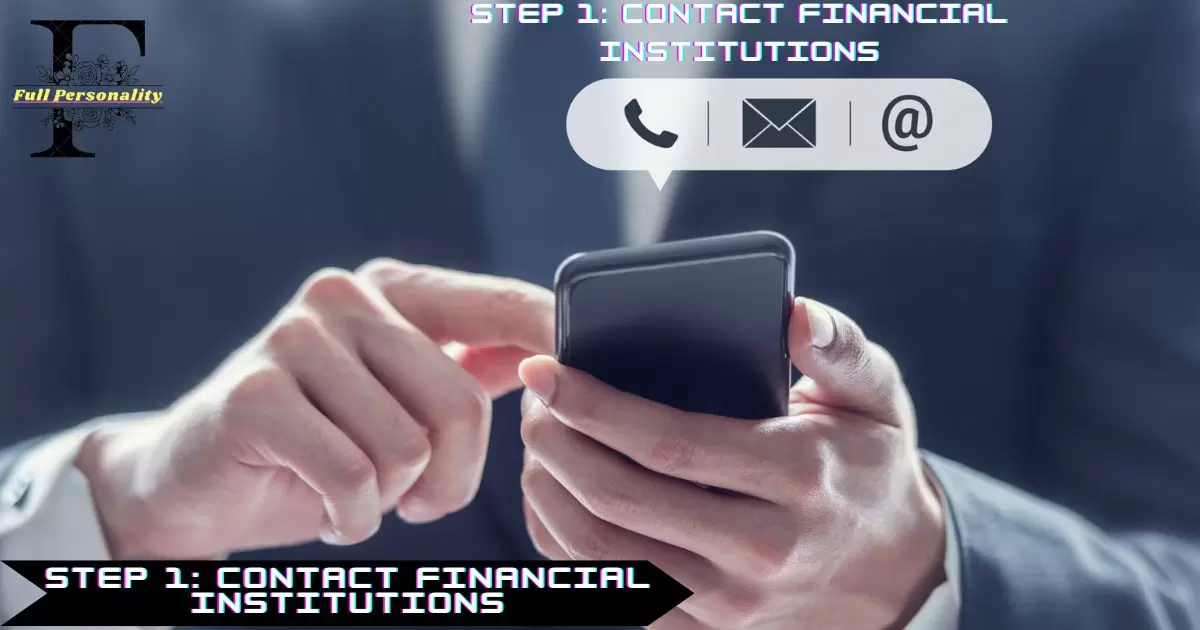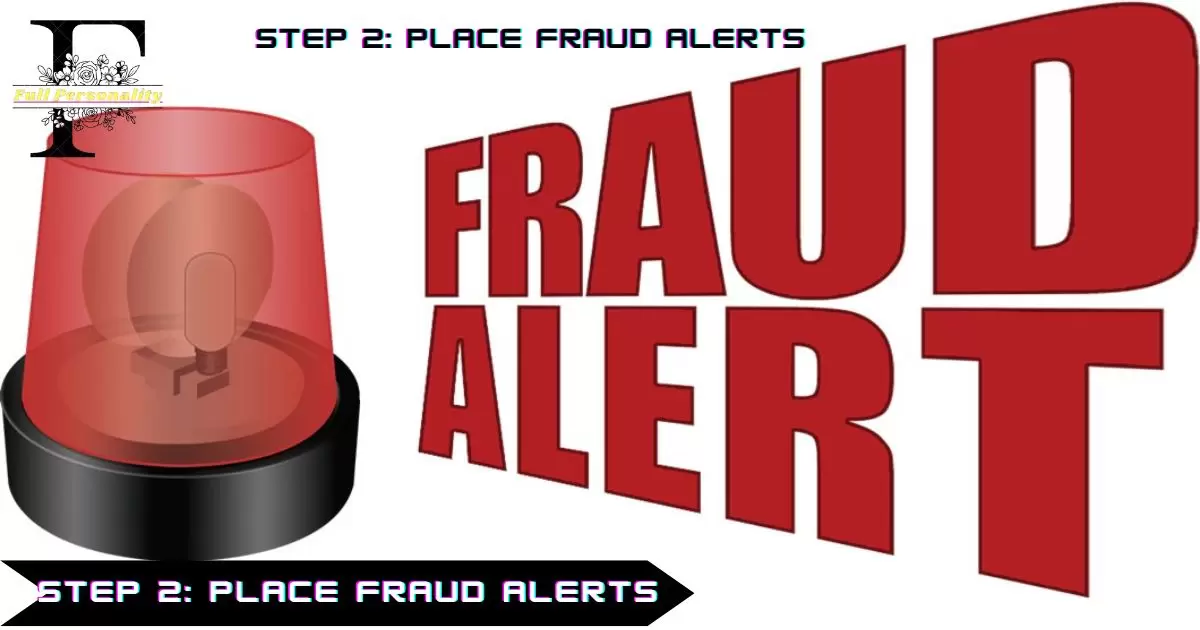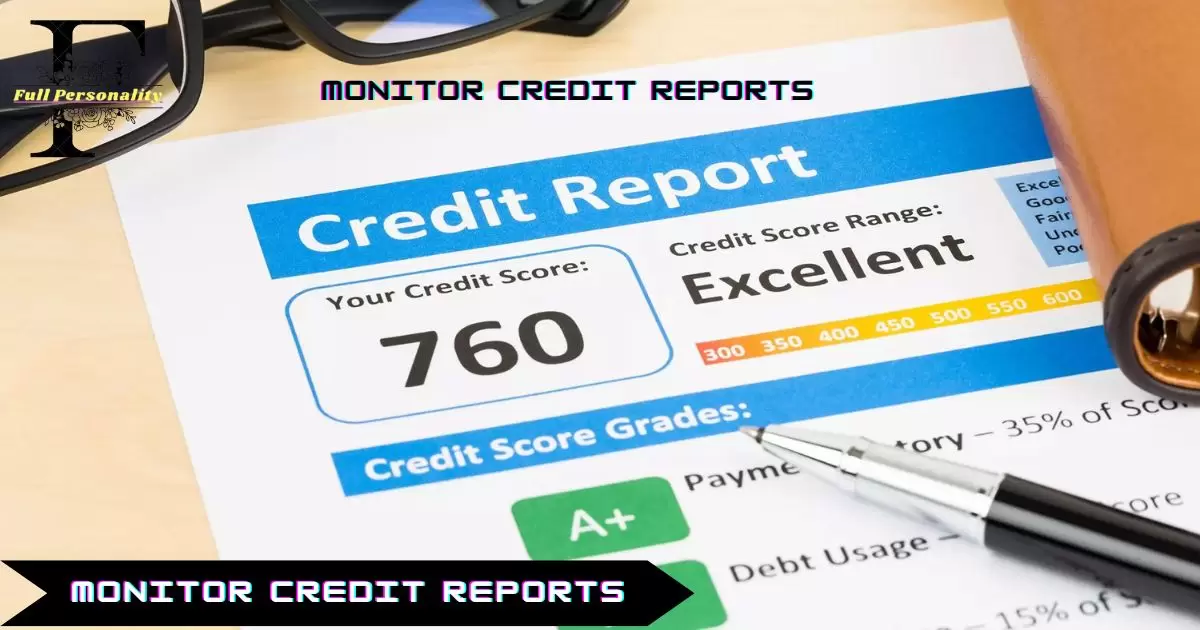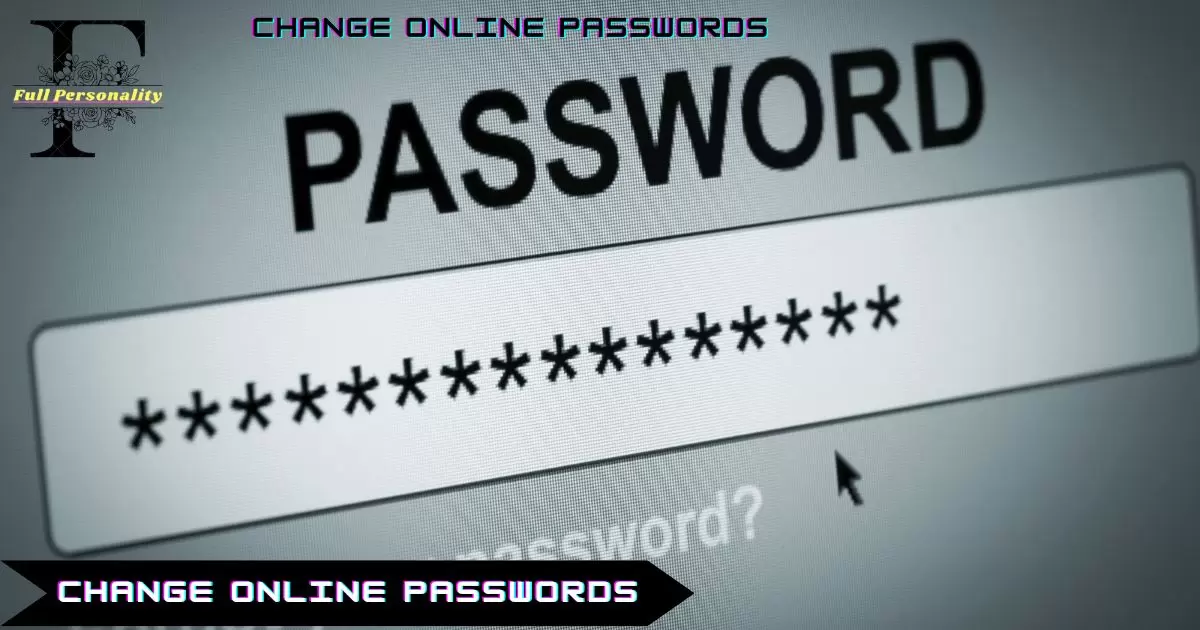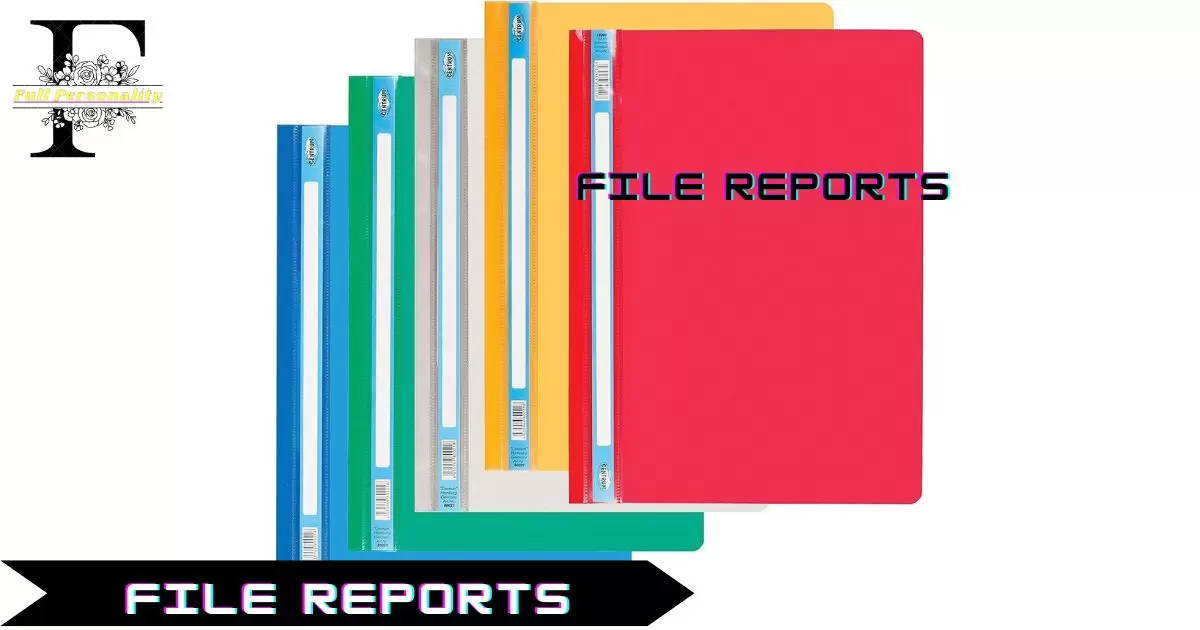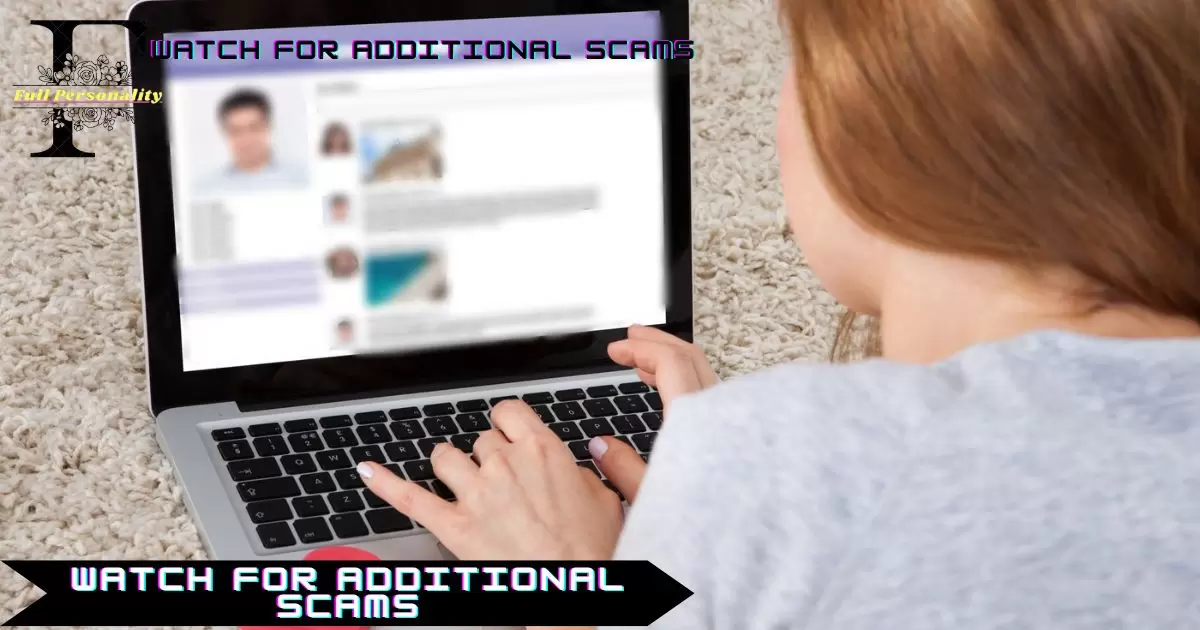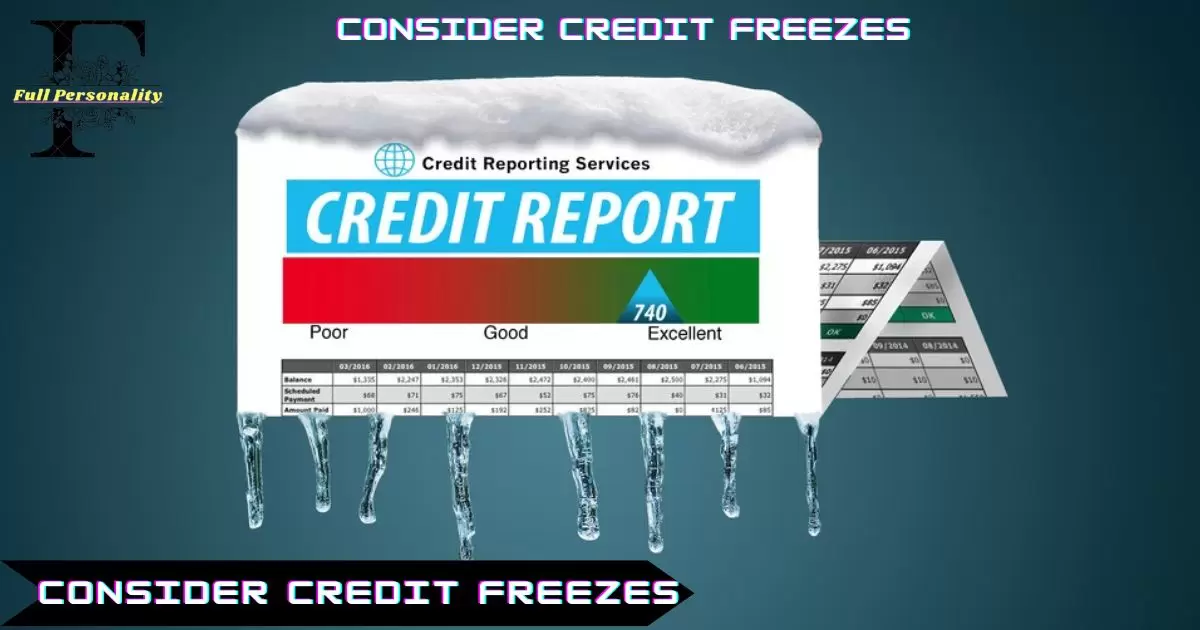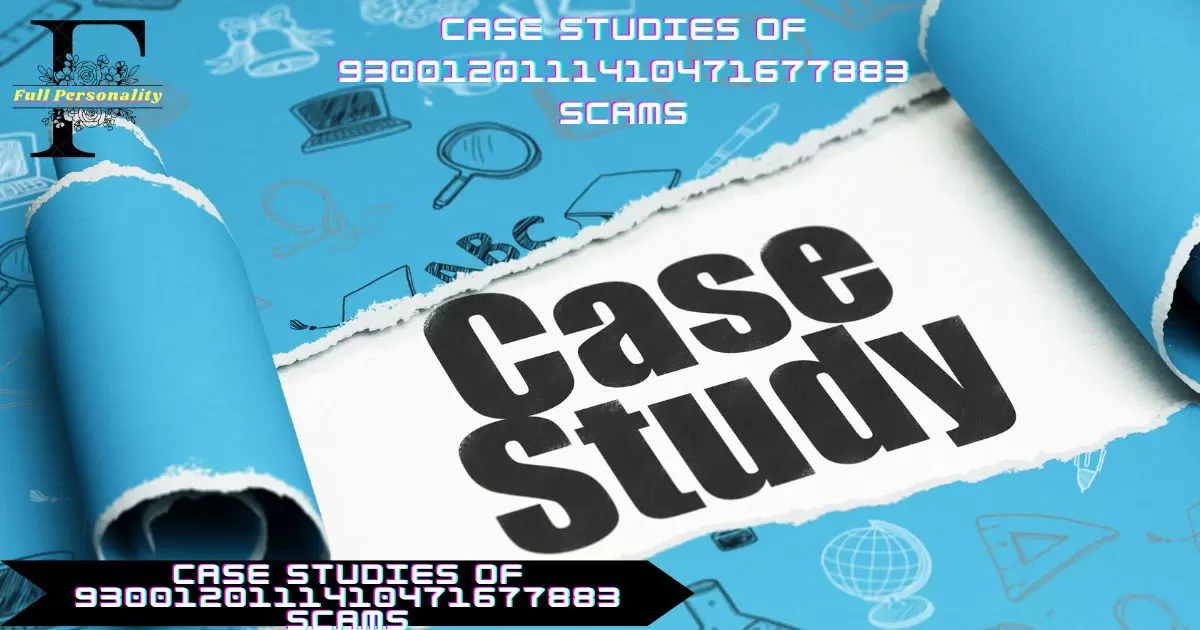In today’s digital age, scammers are constantly devising new ways to exploit unsuspecting victims. One such scheme that’s been making waves is the 9300120111410471677883 USPS package scam. This article will delve deep into the mechanics of this fraud, how to spot it, and what to do if you’ve fallen victim. Let’s unpack this deceptive delivery.
The 9300120111410471677883 USPS package scam is a sophisticated phishing attempt that preys on people’s trust in the United States Postal Service (USPS). Scammers use this long string of numbers, which mimics a legitimate USPS tracking number, to lure victims into a web of deceit. The end game? Stealing personal and financial information.
This scam is insidious because it exploits our increasing reliance on online shopping and package delivery. With the rise of e-commerce, we’ve become accustomed to receiving notifications about our packages. Scammers capitalize on this familiarity, making their fraudulent messages seem all the more plausible.
You may want to Read: 127.0.0.1:62893 Explained: Troubleshooting Common Errors
How the 9300120111410471677883 USPS Scam Works
The 9300120111410471677883 USPS scam unfolds in several stages, each designed to draw the victim deeper into the trap. Let’s break down this nefarious process:
Stage 1: Initial Notification of USPS Scam Received by Victims
It all starts with an unexpected message. You might receive an email, text, or even a voicemail claiming to be from USPS. The message typically states an issue with package delivery, often citing the tracking number 9300120111410471677883. The scammer might claim that:
- Your package couldn’t be delivered due to an incorrect address
- There are unpaid customs fees on your package
- Your package is being held at a USPS facility and needs to be claimed
These messages are crafted to create a sense of urgency, prompting you to act quickly without thinking critically.
Stage 2: Victims Are Redirected to the Elaborate Fake USPS Site
If you click on the link in the initial message, you’re whisked away to a website that looks remarkably similar to the official USPS site. The scammers have gone to great lengths to replicate the look and feel of the genuine USPS website, right down to the color scheme and logo.
You may want to Read: AIOtechnical.com Computer: Everything You Need To Know 2024
This fake site might even have a URL that seems legitimate at first glance, perhaps including “USPS” somewhere in the address. However, upon closer inspection, you’ll notice that it’s not the official USPS.com domain.
Stage 3: Scammers Urge Victims to Provide Personal Details
Once on the fake site, you’re prompted to enter personal information to “verify your identity” or “claim your package.” The scammers might ask for:
- Full name and address
- Social Security number
- Credit card details
- Bank account information
They may even request a small fee to “release” your package, which serves the dual purpose of stealing your money and obtaining your financial information.
Stage 4: Criminals Profit From Users’ Stolen Personal Data
With your personal and financial information in hand, the scammers have hit the jackpot. They can use this data to:
- Make fraudulent purchases
- Open new credit accounts in your name
- Sell your information on the dark web
- Commit identity theft
The potential for financial harm is significant, and recovering from identity theft can be a long and arduous process.
Is 9300120111410471677883 a Real USPS Tracking Number?
Here’s a crucial piece of information: 9300120111410471677883 is not a valid USPS tracking number. USPS tracking numbers typically have 20-22 characters, while this scam number has 25. This discrepancy is one of the red flags that can help you identify the scam.
| Characteristic | Legitimate USPS Tracking Number | 9300120111410471677883 |
|---|---|---|
| Length | 20-22 characters | 25 characters |
| Format | Varies, but often starts with 9 | Starts with 93 |
| Verifiability | Can be checked on USPS.com | Not recognized by USPS |
How to Spot the 9300120111410471677883 USPS Scam
Being aware is your best protection against this scam. Look out for these warning signs:
You may want to Read: https //www.microsoft.com /ink – The ultimate guide
- Unsolicited messages: Be wary of unexpected communications about packages, especially if you haven’t ordered anything recently.
- Urgent tone: Scammers often create a false sense of urgency to pressure you into acting without thinking.
- Suspicious links: Hover over links (don’t click!) to see the actual URL. If it’s not USPS.com, it’s likely a scam.
- Requests for personal information: USPS will never ask for sensitive personal or financial information via email or text.
- Spelling and grammar errors: While not always present, many scam messages contain linguistic red flags.
Keep in mind that it’s generally safer to be overly cautious.
. If you’re unsure, contact USPS directly using their official contact information, not the details provided in the suspicious message.
What to Do If You Entered Personal Information
If you’ve fallen victim to the 9300120111410471677883 USPS scam, don’t panic. Swift action can help mitigate the potential damage. Follow these steps:
Step 1: Contact Financial Institutions
Immediately reach out to your bank and credit card companies. Inform them of the situation and ask them to freeze your accounts or issue new cards. This can prevent unauthorized transactions.
Step 2: Place Fraud Alerts
Reach out to any of the three primary credit bureaus Equifax, Experian, or TransUnion to set up a fraud alert on your credit report. This alert warns potential creditors to take additional measures to confirm your identity before approving any credit in your name.
You may want to Read: Ark: Survival Evolved (2017) Game Icons Banners
Step 3: Monitor Credit Reports
Keep a close eye on your credit reports for any suspicious activity. You’re entitled to one free credit report from each of the three major credit bureaus annually. Consider staggering these requests throughout the year for ongoing monitoring.
Step 4: Change Online Passwords
Update passwords for all your online accounts, especially those related to financial services or email. Use strong, unique passwords for each account.
Step 5: File Reports
Report the scam to the following entities:
- Federal Trade Commission (FTC)
- Your local police department
- The USPS Inspection Service
Step 6: Watch for Additional Scams
Be on high alert for follow-up scams. Criminals may use the information they’ve gathered to make their future attempts more convincing.
Step 7: Consider Credit Freezes
For long-term protection, consider placing a credit freeze with each of the three major credit bureaus. This makes it much harder for scammers to open new accounts in your name.
How to Verify USPS Communications
When in doubt, always verify communications directly with USPS. Here’s how:
- Visit USPS.com: Go directly to the official USPS website by typing the URL into your browser.
- Use the USPS Mobile App: Download the official USPS mobile app for secure tracking and communication.
- Call USPS: Contact USPS customer service at 1-800-ASK-USPS (1-800-275-8777).
- Visit a Local Post Office: Speak with a USPS employee in person if you have concerns.
How to Report to USPS
If you encounter the 9300120111410471677883 scam or any suspicious activity related to USPS, report it to the USPS Inspection Service:
- Visit postalinspectors.uspis.gov
- Call 1-877-876-2455
Your report can protect others from becoming victims of the same scam.
Protecting Your Personal Information from 9300120111410471677883 Scam
Taking preventative measures is always more effective than dealing with the aftermath. Consider these proactive steps to safeguard yourself:
- Be skeptical: Question unexpected communications, especially those requesting personal information.
- Use official channels: Always go directly to USPS.com or use the official USPS app for tracking and information.
- Enable two-factor authentication: This adds an extra layer of security to your online accounts.
- Regularly update your software: Make sure your devices are running the latest security patches and updates.
- Educate yourself: Stay informed about the latest scams and phishing techniques.
Recognizing the Signs of 9300120111410471677883 Scams
Scammers are constantly evolving their tactics, but some common signs remain. Be wary of:
- Messages creating a false sense of urgency
- Requests for personal or financial information
- Pressure to act immediately
- Threats of negative consequences for inaction
- Offers that seem too good to be true
Remember, legitimate organizations like USPS will never pressure you to provide sensitive information via unsecured channels.
Preventive Measures for 9300120111410471677883 Scams
Protecting yourself from scams like the 9300120111410471677883 USPS fraud requires ongoing vigilance. Consider implementing these preventive measures:
- Use a password manager: This helps you create and store strong, unique passwords for each account.
- Regularly monitor your accounts: Check your bank and credit card statements frequently for unauthorized transactions.
- Be cautious with personal information: Think twice before sharing sensitive data online or over the phone.
- Use secure networks: Steer clear of performing sensitive transactions over public Wi-Fi connections.
- Consider identity theft protection services: These services can provide an extra layer of security and monitoring.
The Role of Phishing in USPS Scams
Phishing is a key component of the 9300120111410471677883 USPS scam. Scammers use sophisticated techniques to make their messages appear legitimate. They might:
- Spoof email addresses to make them look like they’re from USPS
- Create websites that closely mimic the official USPS site
- Use USPS logos and branding in their communications
Understanding these tactics can help you spot and avoid phishing attempts.
Case Studies of 9300120111410471677883 Scams
Let’s look at a couple of real-world examples of how this scam has affected people:
Case 1: Jane Doe received an email claiming her package (with tracking number 9300120111410471677883) couldn’t be delivered due to an incomplete address. She clicked the link and entered her personal information, including her credit card details, to “verify her identity.” Within hours, her card was used for several large unauthorized purchases.
Case 2: John Smith got a text message about a package with tracking number 9300120111410471677883 being held at a USPS facility. He followed the link and entered his Social Security number to “claim” the package. Months later, he discovered multiple credit accounts had been opened in his name, severely damaging his credit score.
These cases highlight the importance of staying vigilant and skeptical of unexpected communications, even when they appear to come from trusted sources like USPS.
You may want to Read: How2Invest – Interactive Tools, Comprehensive Guides for
Resources for Victims of 9300120111410471677883
If you’ve fallen victim to this scam, don’t face it alone. Here are some resources that can help:
- Federal Trade Commission (FTC): Visit IdentityTheft.gov for a personalized recovery plan.
- USPS Inspection Service: Report mail fraud at uspis.gov.
- Credit Bureaus: Contact Equifax, Experian, and TransUnion to place fraud alerts or credit freezes.
- Consumer Financial Protection Bureau: Find resources at consumerfinance.gov.
Remember, recovering from identity theft or fraud can take time, but with persistence and the right resources, you can mitigate the damage and protect yourself from future scams.
FAQs
Is this a real tracking number?
No, 9300120111410471677883 isn’t a real USPS tracking number. Legitimate USPS tracking numbers typically have 20-22 characters, while this one has 25. This discrepancy is a clear red flag that can help you identify the scam. Always verify tracking numbers directly on the official USPS website to ensure their authenticity.
Does UPS send text messages?
Yes, UPS does send text messages, but only if you’ve opted in to receive them. These texts usually contain delivery updates or notifications about your packages. However, be cautious of unsolicited messages claiming to be from UPS, especially if they ask for personal information or contain suspicious links.
Does the USPS charge for redelivery?
Generally, USPS doesn’t charge for the redelivery of packages. If a delivery attempt fails, they usually leave a notice and hold the package for pickup or attempt redelivery at no extra cost. Any message claiming you need to pay for redelivery is likely a scam. Always verify such requests directly through official USPS channels.
How to identify a fake USPS tracking number?
To spot a fake USPS tracking number, check its length (should be 20-22 characters) and format. Verify it on the official USPS website – if it’s not recognized, it’s likely fake. Be wary of numbers in unsolicited messages, especially those creating urgency or asking for personal information.
What happens if I click a phishing link?
Clicking a phishing link can lead to various negative outcomes. It might download malware onto your device, redirect you to a fake website designed to steal your information or activate scripts that harvest data from your browser. If you’ve clicked a suspicious link, run a security scan and change your passwords immediately.
Does UPS have text alerts?
Yes, UPS offers text alerts as part of their UPS My Choice service. These alerts can provide updates on package statuses, delivery timeframes, and other relevant information. However, you need to sign up for this service and opt-in to receive texts. Be cautious of unexpected UPS text alerts, as they could be scams.
What is UPS SMS tracking?
UPS SMS tracking is a service that allows you to receive package status updates via text message. To use it, you typically need to opt in and provide your phone number. It’s a convenient way to stay informed about your deliveries, but remember that UPS won’t ask for personal or financial information through these texts.
How do you know exactly when your UPS package is coming?
UPS provides several ways to get precise delivery timing. You can sign up for UPS My Choice to receive day-of-delivery notifications with estimated delivery windows. The UPS tracking page also offers detailed status updates. For some services, UPS even provides real-time maps showing the delivery vehicle’s location.
What are UPS alerts?
UPS alerts is a notification system that keeps you informed about your shipments. It can provide updates via email, text, or push notifications through the UPS app. These alerts can include information about package status, delivery attempts, and estimated delivery times. To use this service, you typically need to sign up for a UPS My Choice account.
Conclusion
The 9300120111410471677883 USPS package scam is a stark reminder of the ever-present dangers lurking in our digital world. This sophisticated scheme preys on our trust in familiar institutions and our increasing reliance on online shopping and delivery services.
By understanding how this scam works, recognizing its warning signs, and knowing how to verify legitimate communications, we can protect ourselves and our loved ones from falling victim to such fraudulent activities.
Ultimately, our best defense against scams like these is a combination of knowledge, vigilance, and skepticism. Always verify unexpected communications, guard your personal information carefully, and remember that legitimate organizations will never pressure you to provide sensitive data through unsecured channels.
By staying informed and proactive, we can navigate the digital landscape safely, enjoying its conveniences while avoiding its pitfalls. Remember, when it comes to protecting your personal and financial information, it’s always better to be safe than sorry.

Hello, I’m Andria Brown, the founder of Full Personality. With a background in SEO and three years of experience, I’ve always been fascinated by the ever-changing world of blogging. Full Personality is my platform to delve into the future of blogging. When not exploring tech trends, I focus on SEO and SERPs. I believe in building a community that shares ideas and stays ahead in innovation. Join me on this exciting journey!


